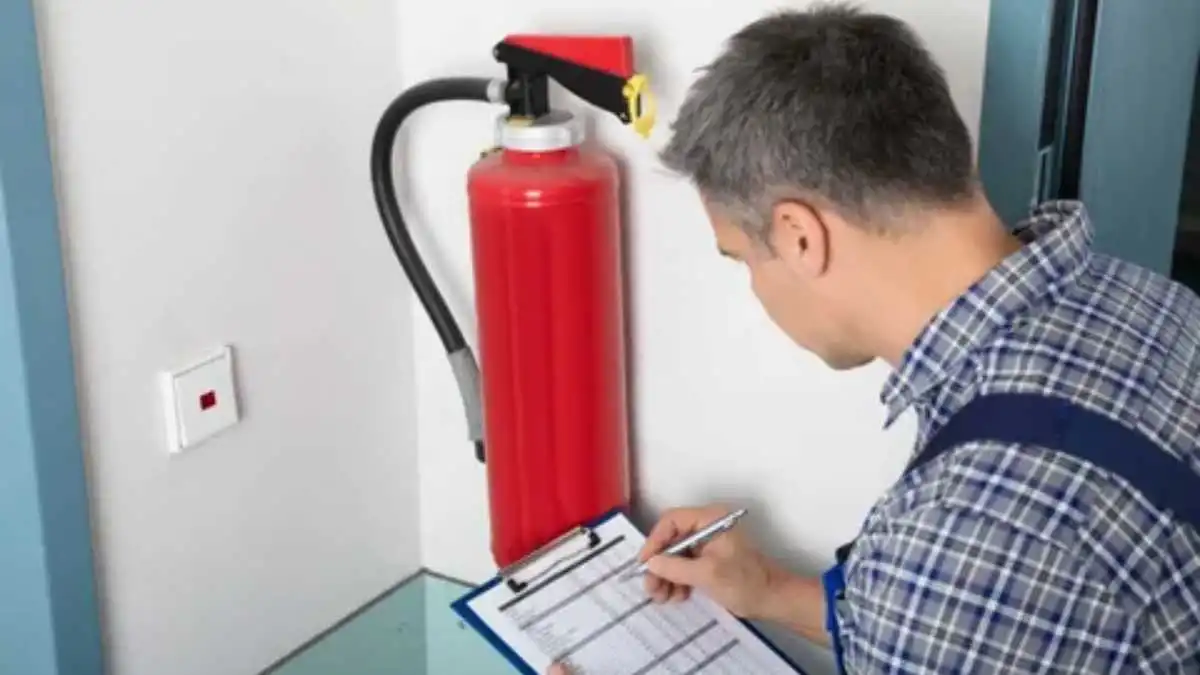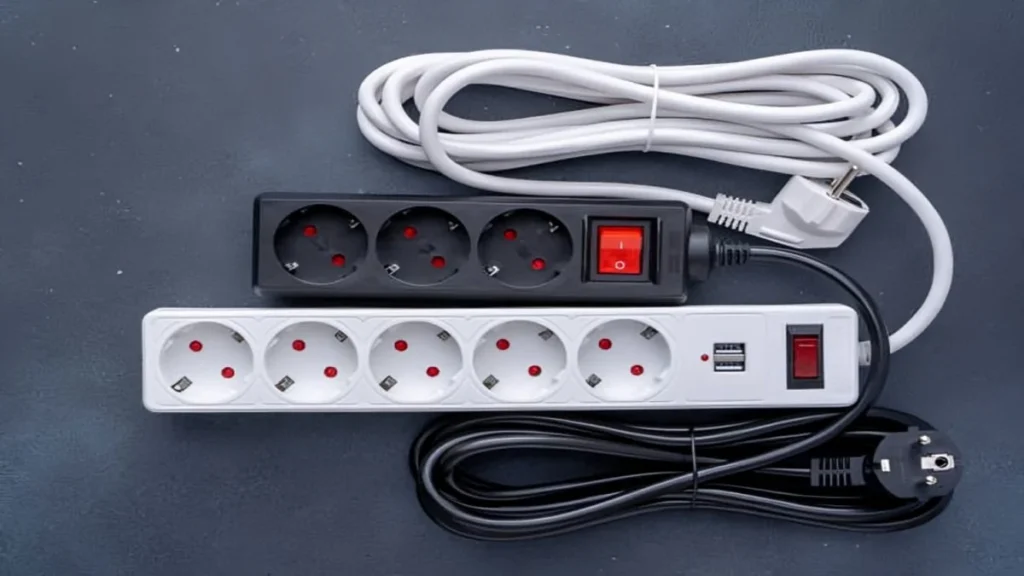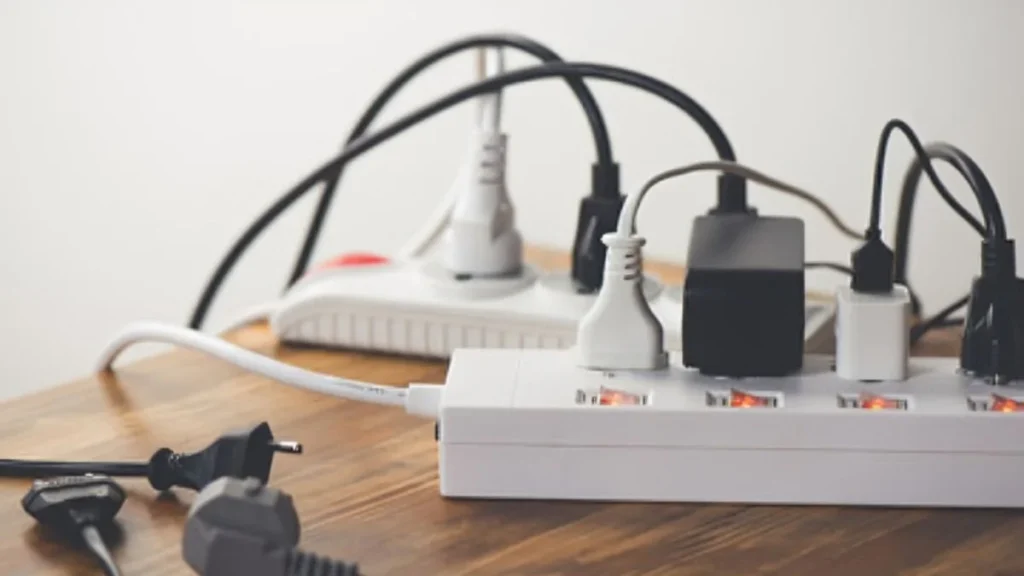GENERAL
Choosing the Right Extension Cords: A Fire Safety Guide

Extension cords are essential tools that many people use daily, providing extra length and accessibility for power needs. However, improper use or selection of extension cords can lead to serious safety hazards, including electrical fires. Just as obtaining a Landlord EICR Certificate ensures the safety of electrical installations, understanding how to choose the right extension cord is crucial for ensuring safety in your home or workplace.
Table of Contents
Understanding Extension Cords
Extension cords come in various shapes, sizes, and specifications, and they are designed to deliver power to devices that are far from a power source. While they offer convenience, it is essential to remember that they should be used wisely. When selecting an extension cord, you should consider the electrical load, the environment in which it will be used, and the cord’s quality and durability.

Key Factors to Consider When Choosing Extension Cords
Electrical Load Capacity
One of the most critical factors in selecting the right extension cord is understanding the electrical load capacity. Extension cords are rated based on their amperage and voltage, indicating how much electrical current they can safely handle. It is essential to match the extension cord’s rating with the device you intend to use. Overloading an extension cord can lead to overheating and increase the risk of fire.
To determine the appropriate cord for your needs, check the amperage rating of the device you plan to connect. This information is usually found on the device’s label. Choose an extension cord with a higher rating than the device’s requirement to ensure safety.
Cord Length
The length of the extension cord is another important consideration. While it may be tempting to opt for a longer cord to reach distant outlets, longer cords can lead to voltage drop, which can affect the performance of the connected device. In addition, long cords can become tripping hazards and may be more prone to damage.
When selecting an extension cord, choose a length that is sufficient to reach your power source without excess slack. If you only need to reach a nearby outlet, a shorter cord is preferable.
Indoor vs. Outdoor Use
Extension cords are designed for either indoor or outdoor use, and it is crucial to choose the right type based on where you plan to use it. Indoor cords are generally lighter and not designed to withstand the elements, while outdoor cords are more durable, have thicker insulation, and are often rated for weather resistance.
Using an indoor extension cord outdoors can expose it to moisture, temperature fluctuations, and physical damage, increasing the risk of electrical hazards. Always check the label to ensure you are using the appropriate extension cord for the environment.
Cord Gauge
The gauge of an extension cord refers to its thickness, with lower gauge numbers indicating thicker wires. Thicker cords can carry more current and are less likely to overheat. For instance, a 16-gauge cord is suitable for light use, while a 12-gauge cord can handle heavier loads, such as power tools or appliances.
When choosing an extension cord, consider the type of devices you will be using. For higher wattage appliances, select a lower gauge cord to ensure safe operation.
Quality and Certification
Not all extension cords are created equal. It is vital to invest in high-quality cords that meet safety standards. Look for cords that have been tested and certified by recognized organizations, such as Underwriters Laboratories (UL) or the American National Standards Institute (ANSI). These certifications indicate that the cords have undergone rigorous testing for safety and reliability.
Avoid using cords that show signs of wear or damage, such as frayed wires or cracked insulation. Regularly inspect your extension cords and replace any that appear to be damaged.
Safe Usage of Extension Cords
Avoid Daisy Chaining
One of the most common mistakes people make is daisy chaining, which involves plugging multiple extension cords together. This practice significantly increases the risk of overheating and electrical fires. Instead, use a single extension cord that meets your needs or install additional outlets if necessary.
Don’t Overload Circuits
When using extension cords, it is crucial to avoid overloading the electrical circuits in your home. Plugging too many devices into a single extension cord can lead to overheating. To prevent this, always monitor the total load of the devices connected to the cord.

Keep Cords Away from Heat Sources
Extension cords should never be placed near heat sources, such as radiators or stoves, as this can lead to insulation melting and increase fire risk. Ensure that cords are laid out safely and do not come into contact with hot surfaces.
Regularly Inspect Cords
Regular inspection of your extension cords can help identify potential issues before they become significant hazards. Check for any fraying, cuts, or damage to the insulation. If you find any signs of wear, replace the cord immediately to prevent accidents.
Use Grounded Cords
When possible, choose extension cords that have three prongs for grounding. This feature provides an extra layer of safety by reducing the risk of electrical shock. Grounded cords are essential for high-wattage appliances or outdoor use.
Conclusion
Choosing the right extension cord is essential for ensuring safety in your home or workplace. By considering factors such as electrical load capacity, cord length, intended use, gauge, and quality, you can make informed decisions that reduce the risk of electrical fires. Always prioritize safety by adhering to proper usage guidelines, avoiding daisy chaining, and regularly inspecting your cords for damage. By taking these precautions, you can enjoy the convenience of extension cords while minimizing fire hazards and ensuring a safer environment for everyone.If you want to stay updated with posts like this, please follow us on Yooooga.
-

 GENERAL6 months ago
GENERAL6 months agoChristofle – For Those Who Dream of Family Heirloom Silver
-

 SPORTS8 months ago
SPORTS8 months agoDiscover the World of Football with Streameast: Watch Your Favorite Leagues and Tournaments
-

 GENERAL3 days ago
GENERAL3 days agoUncovering the World of кинокрадко: The Dark Side of Film Piracy
-

 GENERAL3 months ago
GENERAL3 months agoATFBooru: Anime, Gaming, and Subculture Imageboard

























